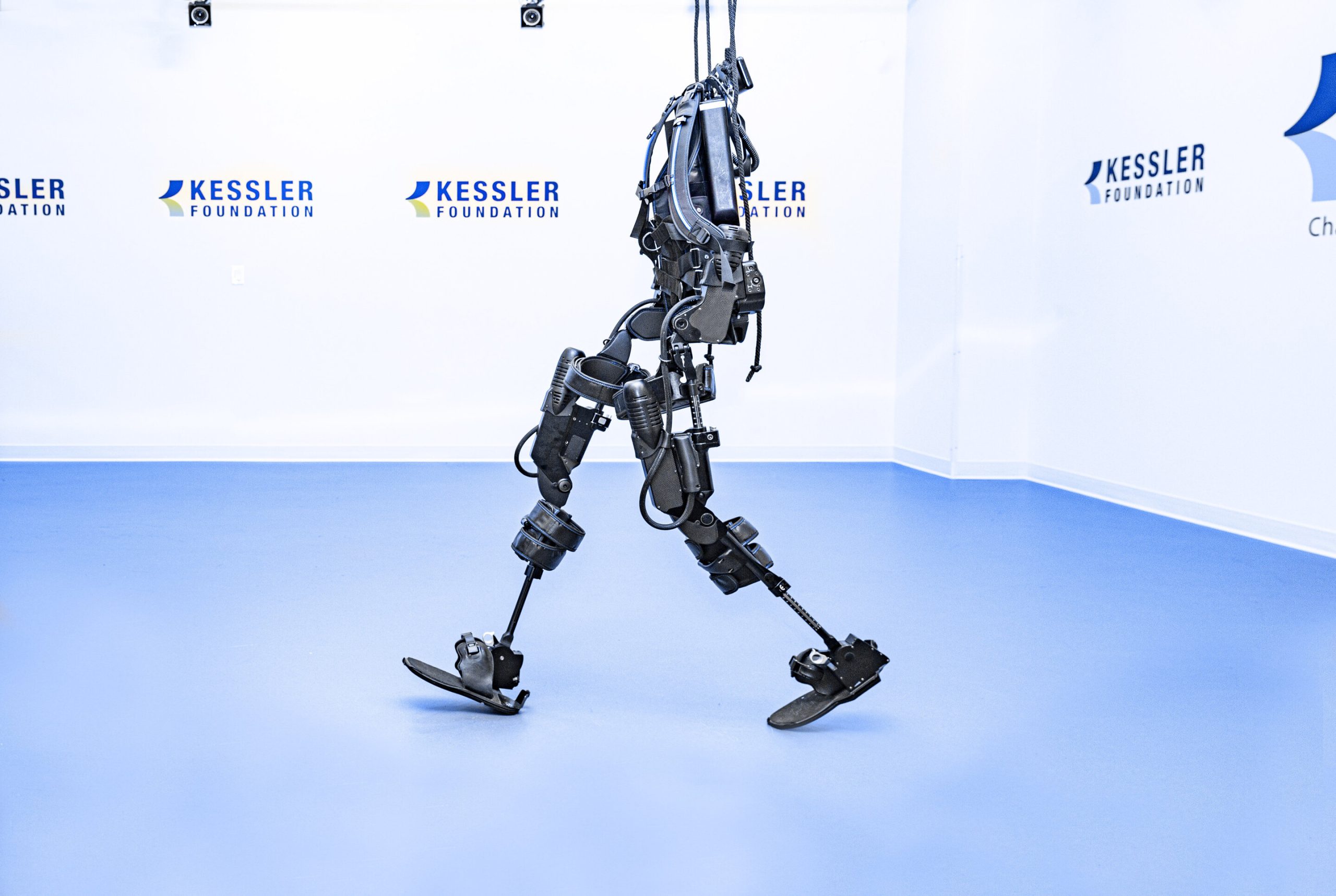Robotic Exoskeletons: Enabling Mobility and Rehabilitation
In recent years, the field of robotics has made remarkable strides, and one of its most exciting applications is in the development of robotic exoskeletons. These innovative devices are transforming how we think about mobility and rehabilitation, offering new possibilities for individuals with mobility impairments. Integrating advanced technology and human physiology has paved the way for creating exoskeletons that enable users to regain their freedom of movement and accelerate their rehabilitation process. In this article, we will delve into the world of robotic exoskeletons, exploring their design, benefits, limitations, and the profound impact they have on enabling mobility and facilitating rehabilitation. Robotic Exoskeletons: Enabling Mobility and Rehabilitation Robotic exoskeletons, often called “wearable robots,” are external support structures designed to augment and enhance human movement. They consist of a combination of mechanical elements, sensors, actuators, and advanced control systems. These devices are strategically engineered to provide assistance, resistance, or complete control over limb movements, enabling individuals with mobility impairments to walk, stand, and perform various daily activities. read more

